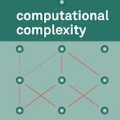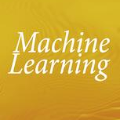Given is a set of images, where all images show views of the same area at different points in time and from different viewpoints. The task is the alignment of all images such that relevant information, e.g., poses, changes, and terrain, can be extracted from the fused image. In this work, we focus on quantum methods for keypoint extraction and feature matching, due to the demanding computational complexity of these sub-tasks. To this end, k-medoids clustering, kernel density clustering, nearest neighbor search, and kernel methods are investigated and it is explained how these methods can be re-formulated for quantum annealers and gate-based quantum computers. Experimental results obtained on digital quantum emulation hardware, quantum annealers, and quantum gate computers show that classical systems still deliver superior results. However, the proposed methods are ready for the current and upcoming generations of quantum computing devices which have the potential to outperform classical systems in the near future.
翻译:给定是一组图像, 所有图像都显示不同时间点和不同角度对同一区域的观点。 任务就是将所有图像进行对齐, 以便从引信图像中提取相关信息, 例如, 显示、 变化和地形。 在这项工作中, 我们侧重于关键点提取和特征匹配的量子方法, 原因是这些子任务在计算上非常复杂。 为此, 正在调查 k- medids 群集、 内核密度聚集、 最近的邻居搜索 和内核方法, 并解释这些方法如何能够为量子射精器和以门为基础的量子计算机重新配制。 数字量子模拟硬件、 量子射精器和量子门计算机的实验结果显示, 经典系统仍然能带来优异的结果 。 然而, 所提议的方法已经为当前和即将到来的量子计算装置的一代人准备就绪, 这些装置有可能在不久的将来超越经典系统 。




